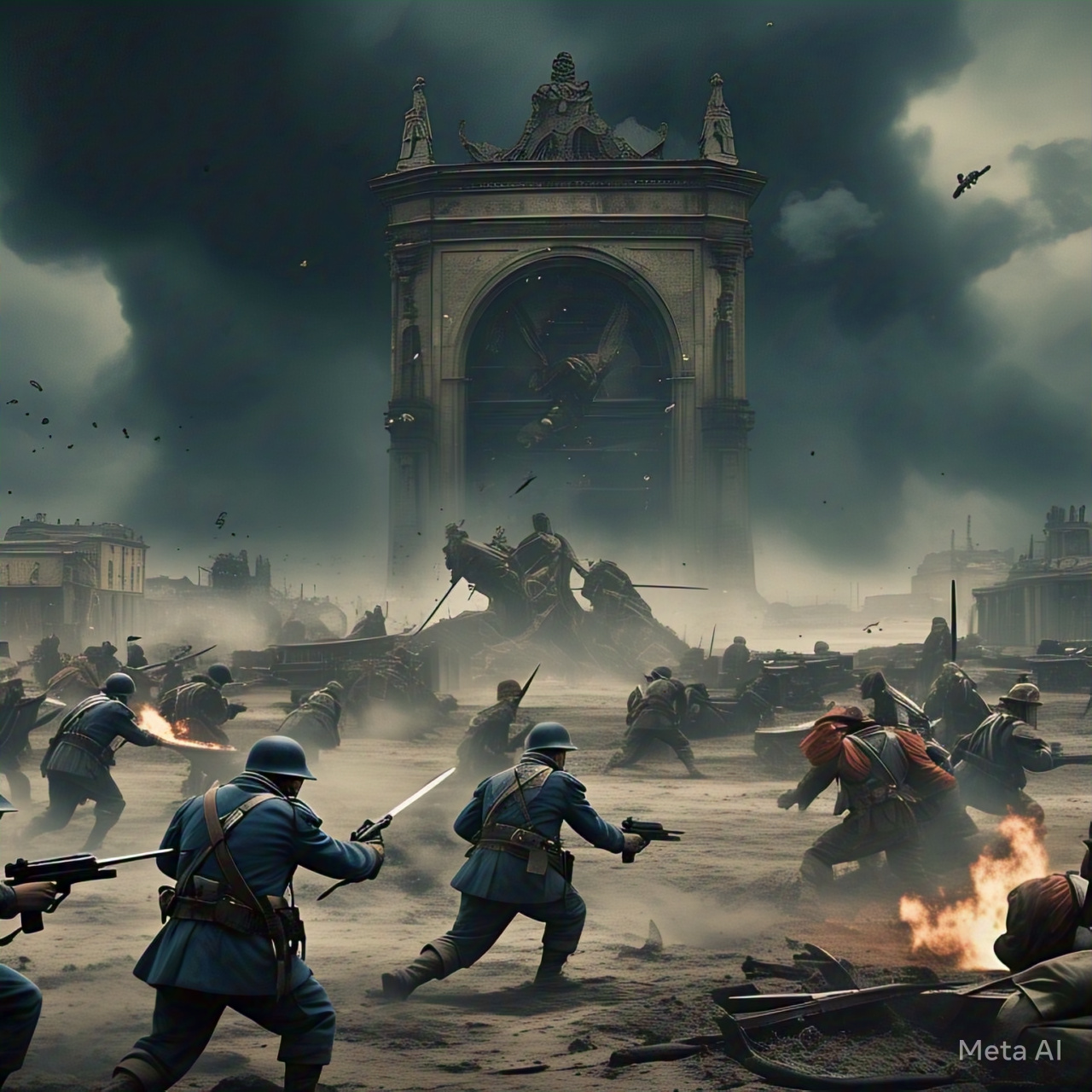In an era marked by unprecedented interconnectedness and rapid change, conflict resolution in the 21st century has become more essential and challenging than ever before.
Today’s world grapples with a variety of conflicts, from territorial skirmishes to deeply rooted ideological divisions, necessitating innovative and dynamic approaches to foster lasting peace.
As traditional methods evolve, new strategies are emerging to tackle the intricate and multifaceted nature of modern disputes.One of the most promising approaches in contemporary conflict resolution is the promotion of open dialogue.
Encouraging continuous communication is crucial for understanding the diverse perspectives and interests of all parties involved. By building trust through dialogue, the groundwork is laid for sustainable solutions.
Modern conflict resolution also emphasizes problem-solving strategies that seek win-win outcomes, focusing on creative solutions that meet the underlying needs of everyone involved. Involving multiple stakeholders is another key strategy.
Multitrack diplomacy engages not just government officials but also civil society, businesses, and international organizations.
This inclusive approach leverages the expertise and influence of various sectors to forge comprehensive and enduring peace agreements. The digital age offers powerful new tools for conflict resolution as well.
Digital platforms facilitate communication and negotiation, while advanced data analysis provides valuable insights into conflict dynamics. Technology also enhances transparency and accountability, crucial elements in effective peace processes.
However, these advancements come with significant challenges. Modern conflicts often involve a complex web of actors, interests, and issues, making resolution efforts more difficult.
These complexities demand holistic approaches that address multiple dimensions simultaneously. Power imbalances between conflicting parties can obstruct fair and effective resolution, with stronger parties potentially dominating negotiations while weaker ones struggle to advocate for their interests.
Conflicts driven by deep-rooted identities and ideologies are particularly resistant to resolution, as such disputes often involve existential stakes for the parties involved, making compromise seem unattainable. Moreover, globalization, while facilitating cooperation, also adds layers of complexity to conflict resolution. The interconnected nature of global issues means local conflicts can have far-reaching implications, necessitating coordinated international responses.
To overcome these challenges, conflict resolution in the 21st century must be adaptive and innovative.
Combining various resolution methods to address different aspects of conflicts is essential. Empowering local actors and institutions to take active roles in peacebuilding is also vital. Ensuring that all relevant stakeholders, including marginalized groups, are represented in peace processes helps create inclusive solutions.
Additionally, utilizing technological tools not only for communication but also for monitoring and verifying the implementation of agreements is vital.
The Good Friday Agreement of 1998 is an example of successful modern conflict resolution. Aimed at ending the sectarian conflict in Northern Ireland known as “The Troubles,” the agreement included open dialogue, problem-solving, and involvement of multiple stakeholders, including the UK and Irish governments and various political groups in Northern Ireland.
The agreement successfully reduced violence and established a power-sharing government, although ongoing political disagreements and sporadic violence remain challenges. Another example is the Dayton Accords of 1995, which sought to end the Bosnian War.
This agreement involved international mediation, particularly by the United States, and included multiple stakeholders from the warring factions and the international community. The accords ended the war and established a complex political framework for Bosnia and Herzegovina, but continued ethnic divisions and political dysfunction persist.
The Oslo Accords of 1993-1995 attempted to resolve the Israeli-Palestinian conflict through direct negotiations facilitated by Norway. These negotiations focused on mutual recognition and incremental steps towards peace.
While the accords established frameworks for future negotiations and some interim governance arrangements, they ultimately failed to resolve core issues, leading to resumed violence in subsequent years.
A SWOT analysis of conflict resolution in the 21st century highlights both the strengths and weaknesses of current strategies, as well as the opportunities and threats they face. Strengths include adaptability, inclusivity through multitrack diplomacy, and technological advancements that enhance communication, data analysis, and transparency.
Weaknesses encompass the complexity of modern conflicts, power imbalances, and the difficulty of resolving deep-rooted identity and ideological disputes. Opportunities arise from innovative solutions, global cooperation, and capacity building for local actors. However, political instability, cybersecurity risks, and global disruptions pose significant threats.
Ultimately, the evolving nature of conflicts today demands a rethinking of traditional approaches to conflict resolution. By embracing new strategies and addressing inherent challenges, the international community can work towards a more peaceful and stable world. Adaptability, inclusivity, and the effective use of technology are key to fostering dialogue and cooperation among all stakeholders involved.
As evidenced by case studies like the Good Friday Agreement, Dayton Accords, and Oslo Accords, successful conflict resolution hinges on a multifaceted approach that incorporates dialogue, problem-solving, and the engagement of diverse actors.
Through continued innovation and collaboration, it is possible to address the complexities of modern conflicts and build lasting peace
.By Zainab Mustafa
 Top Trends Blogs
Top Trends Blogs




